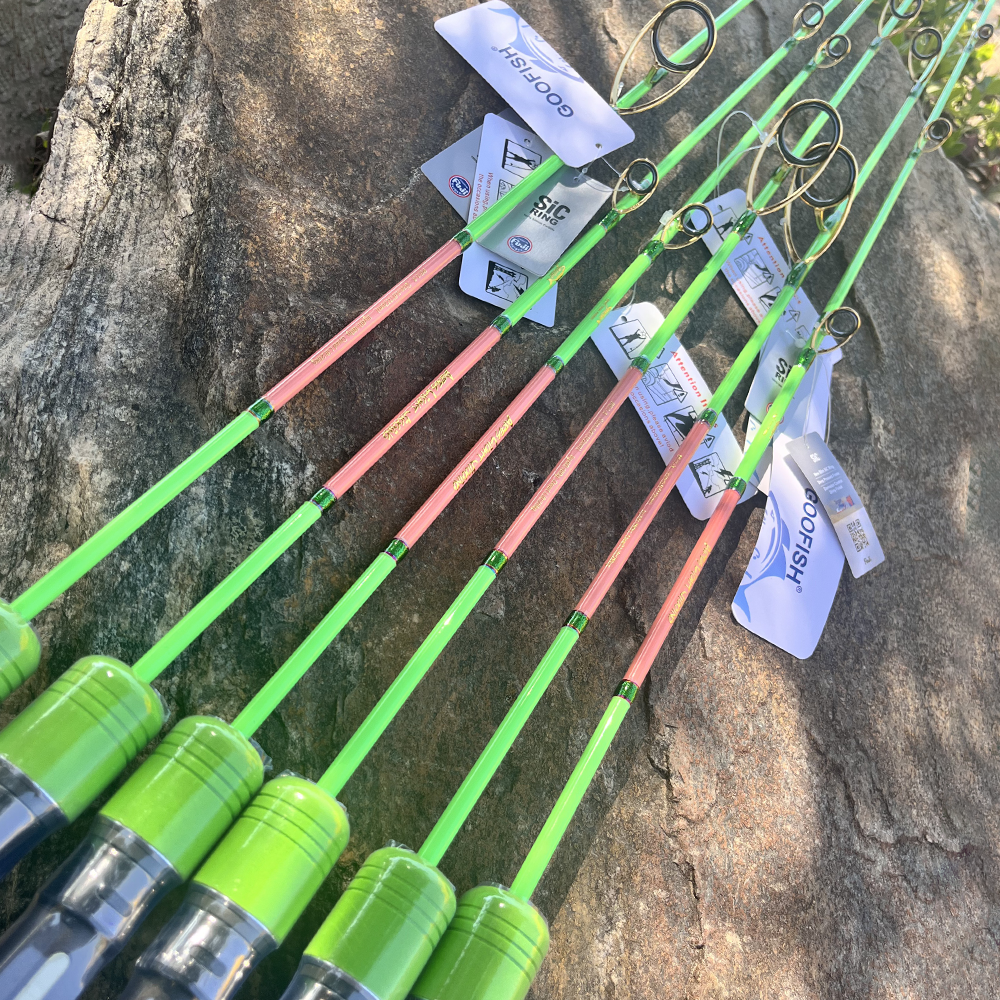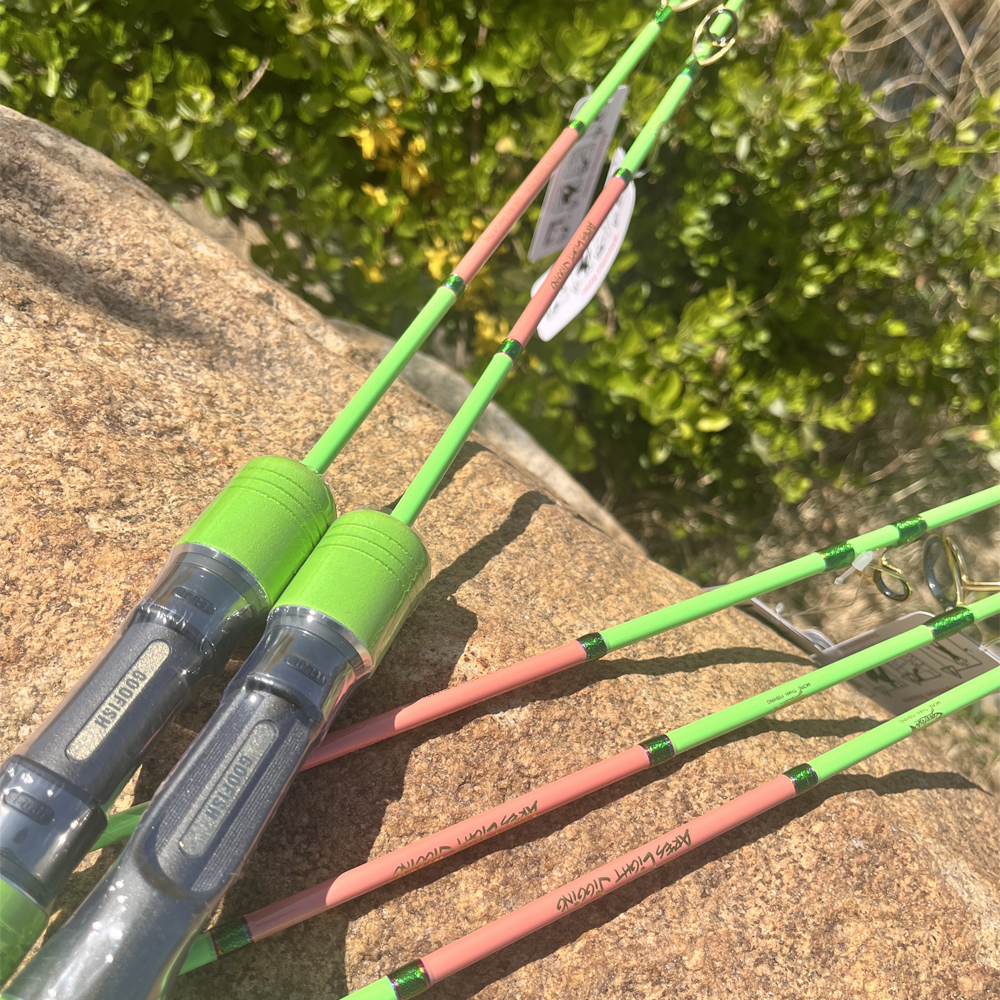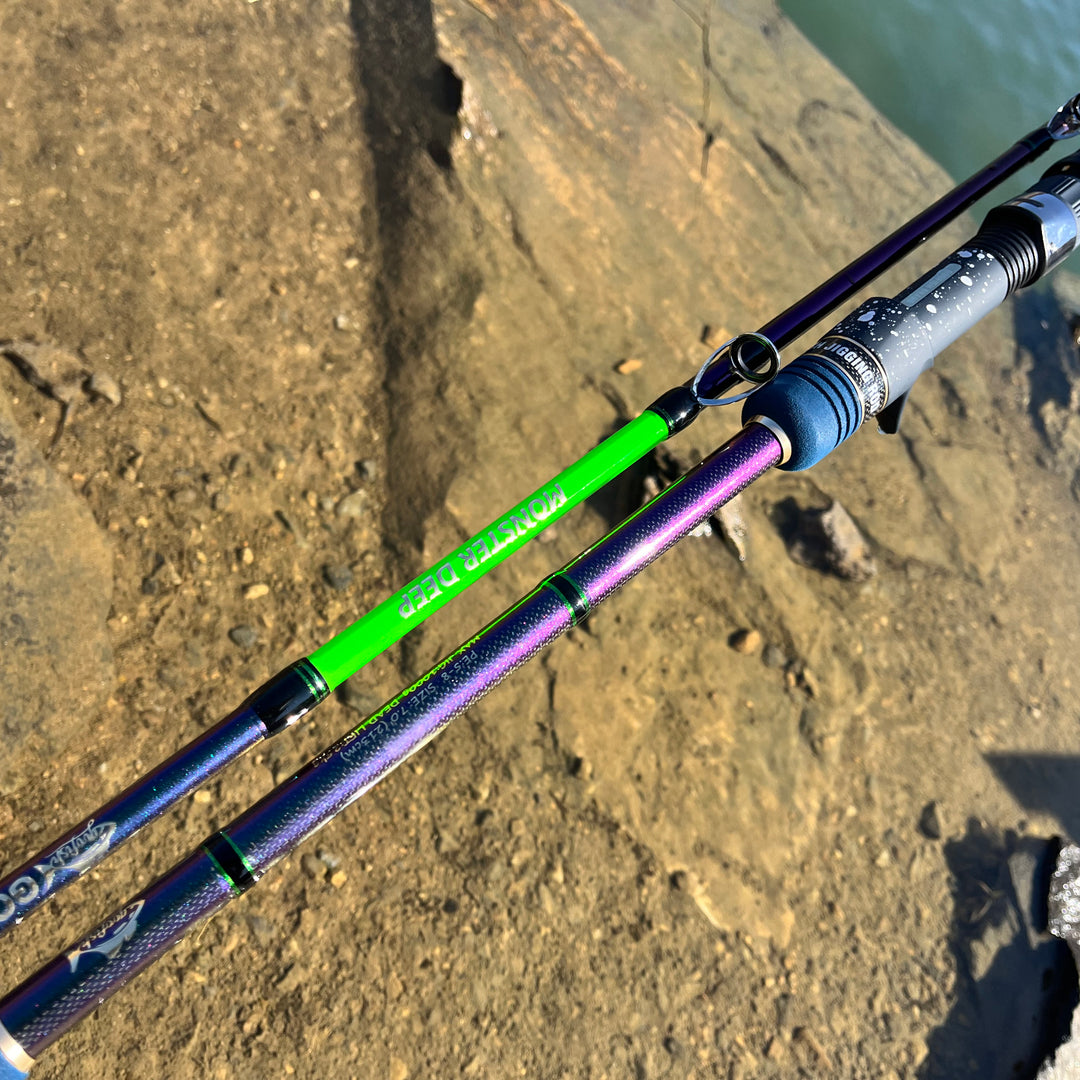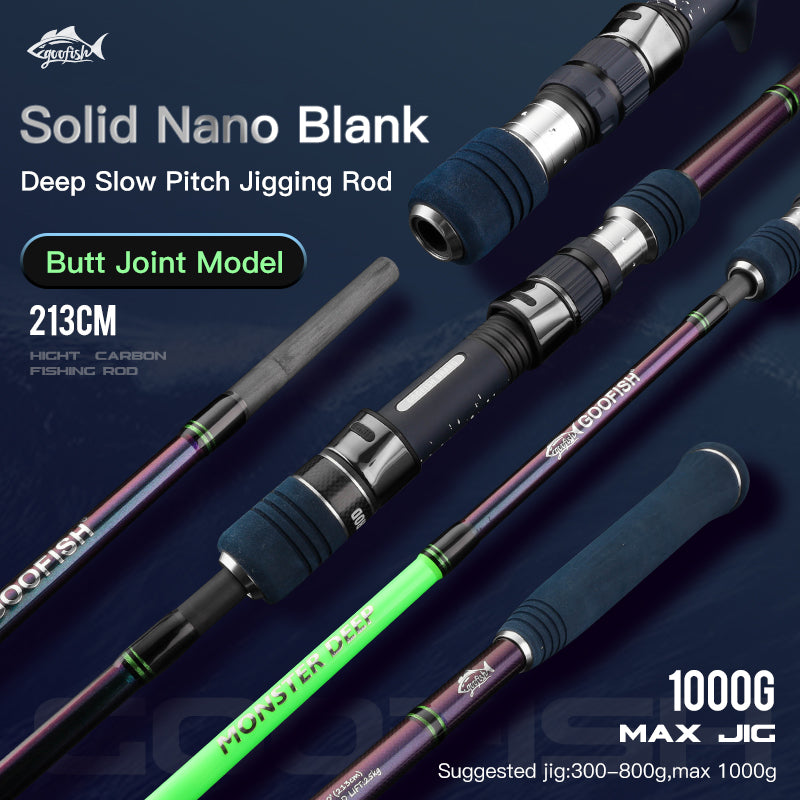Fast Jigging vs Slow Pitch Jigging: Which is More Effective?
When it comes to jigging techniques, anglers often debate between fast jigging and slow pitch jigging. Both methods have their own set of advantages and can be effective in different fishing scenarios. Let's take a closer look at the differences between fast jigging and slow pitch jigging to determine which technique may be more effective for you.
What is Fast Jigging?
Fast jigging involves quickly jerking the rod to create a rapid up-and-down motion of the jig. This technique is typically used to target aggressive fish species that are actively feeding and require a more energetic presentation to trigger a strike. Fast jigging can be effective in deeper waters or when fish are suspended at mid-water depths.
What is Slow Pitch Jigging?
Slow pitch jigging, on the other hand, is a more methodical and controlled technique that involves a slower and more deliberate movement of the jig. This technique is designed to mimic the natural movement of injured or struggling baitfish, enticing more cautious or finicky fish to strike. Slow pitch jigging is often used in shallower waters or when fish are holding close to the bottom.
Which Technique is More Effective?
The effectiveness of fast jigging versus slow pitch jigging ultimately depends on the fishing conditions and the behavior of the target fish species. Fast jigging is ideal for aggressive predators like tuna, kingfish, or amberjack, while slow pitch jigging may be more effective for species like snapper, grouper, or flounder that are more selective in their feeding habits.
According to experts, fast jigging can be more productive in situations where fish are actively feeding and willing to chase down a faster-moving bait. On the other hand, slow pitch jigging can be more successful when fish are less active or when a more subtle presentation is needed to entice a bite.
Ultimately, the key to success is to experiment with both fast jigging and slow pitch jigging techniques to determine which method works best for the specific fishing conditions you encounter. By understanding the behavior of the fish you are targeting and adapting your jigging technique accordingly, you can increase your chances of landing that trophy catch.












Leave a comment